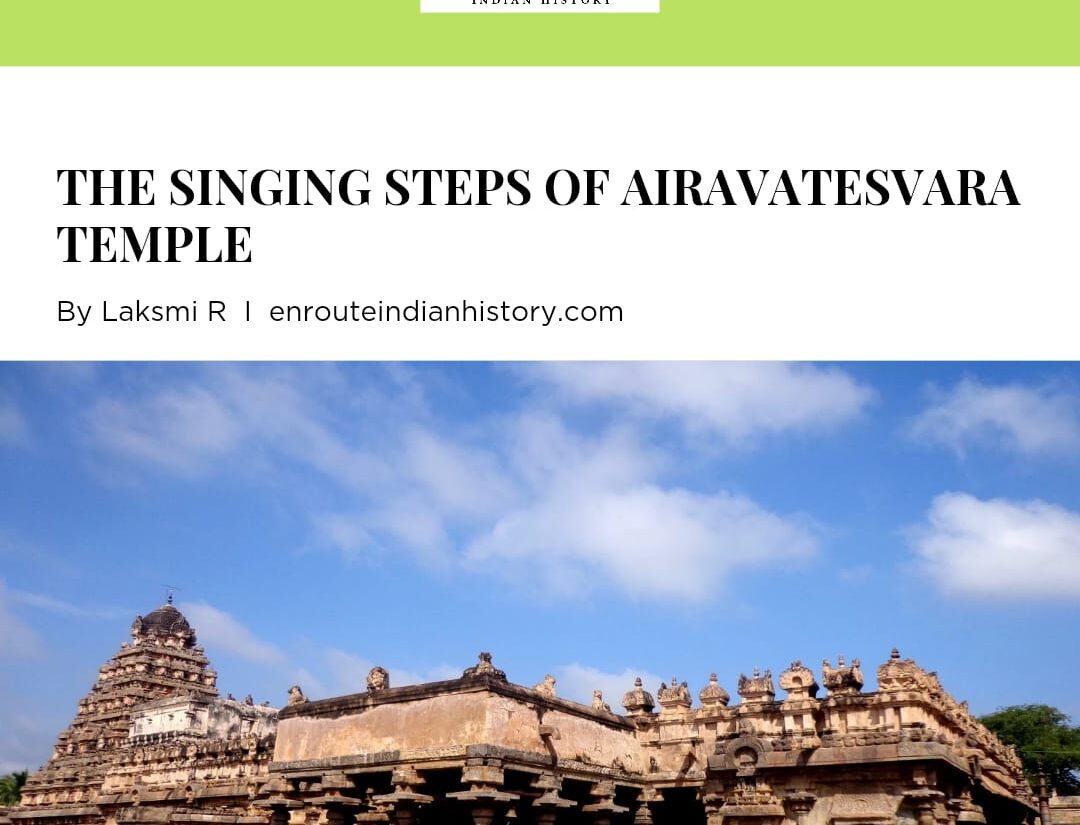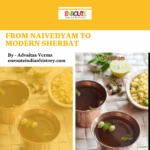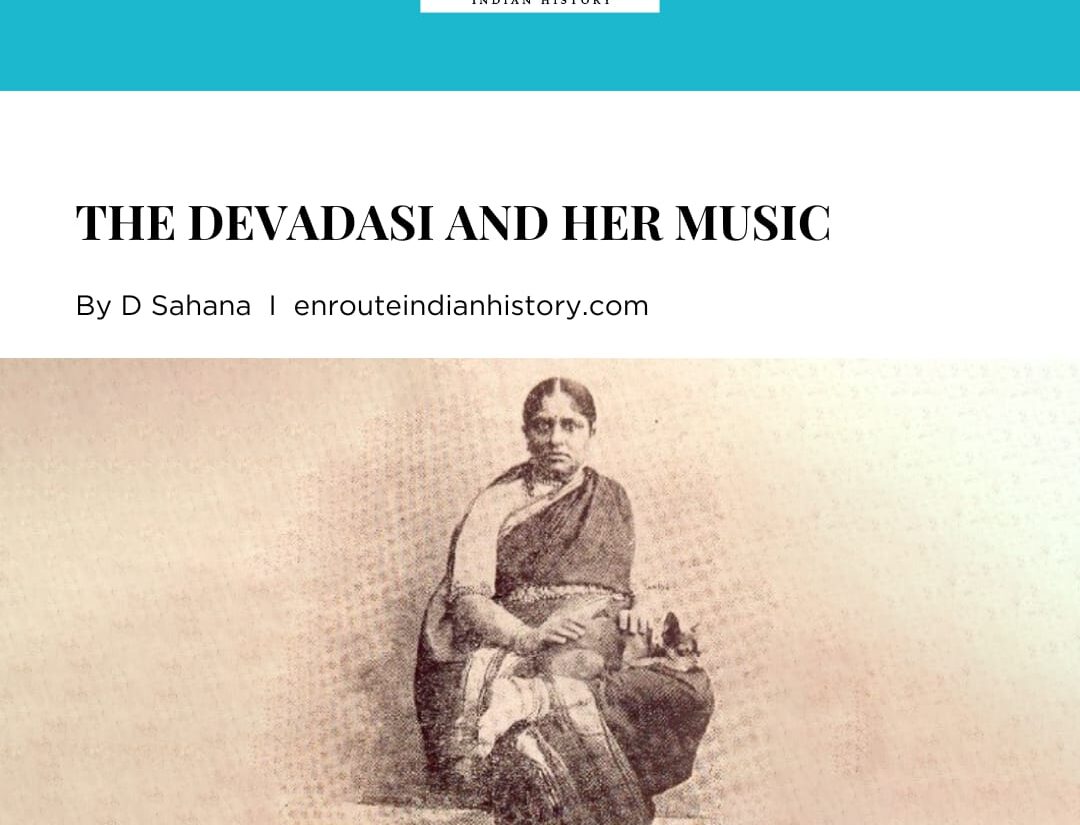
Carnatic music and the tradition of Devadasis have been intertwined in southern India. However, this was only sometimes the norm. It took various societal changes to achieve this result. This is the story of Devadasi, more popularly known as Bangalore Nagarathnamma and how she defied multiple obstacles in an “anti-nautch” society and her devotion to the renowned Carnatic music composer, Tyagaraja, in reviving his samadhi and organising a music festival (Tyagaraja Aradhana) around him and his compositions.
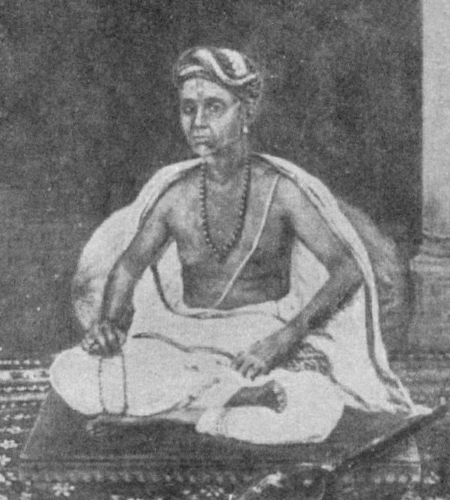
Telugu saint composer Tyagaraja (Source: Wiki Commons)
The development and flourishing of the arts in the subcontinent have mostly been under royal patronage. In Southern India, Carnatic music flourished under royal patronage as well. Tyagaraja was considered one of the “Three Jewels of Carnatic Music” or one of the “Trinity of Carnatic Music”. Along with him, this status was shared by Syama Sastri and Muthuswami Dikshitar. Tyagaraja’s music mainly revolved over themes of devotion to his deity, Lord Rama. He composed various devotional compositions, his most famous being the Pancharatna Kirti.
Sriram V mentions that the songs of Tyagaraja became the mainstay of the Carnatic platform. He noted that during his time, Tyagaraja’s compositions were not famous with the Devadasi tradition, as most of his disciples were Brahmins, and his songs emphasised devotion rather than eroticism, which was the mainstay of songs sung by the Devadasis. He further mentions it was during the reign of Sarabhoji, the last ruler of the Maratha dynasty, who had brought changes in Carnatic music traditions by bringing in the devadasi tradition and introducing instruments, such as the violin and the clarinet.
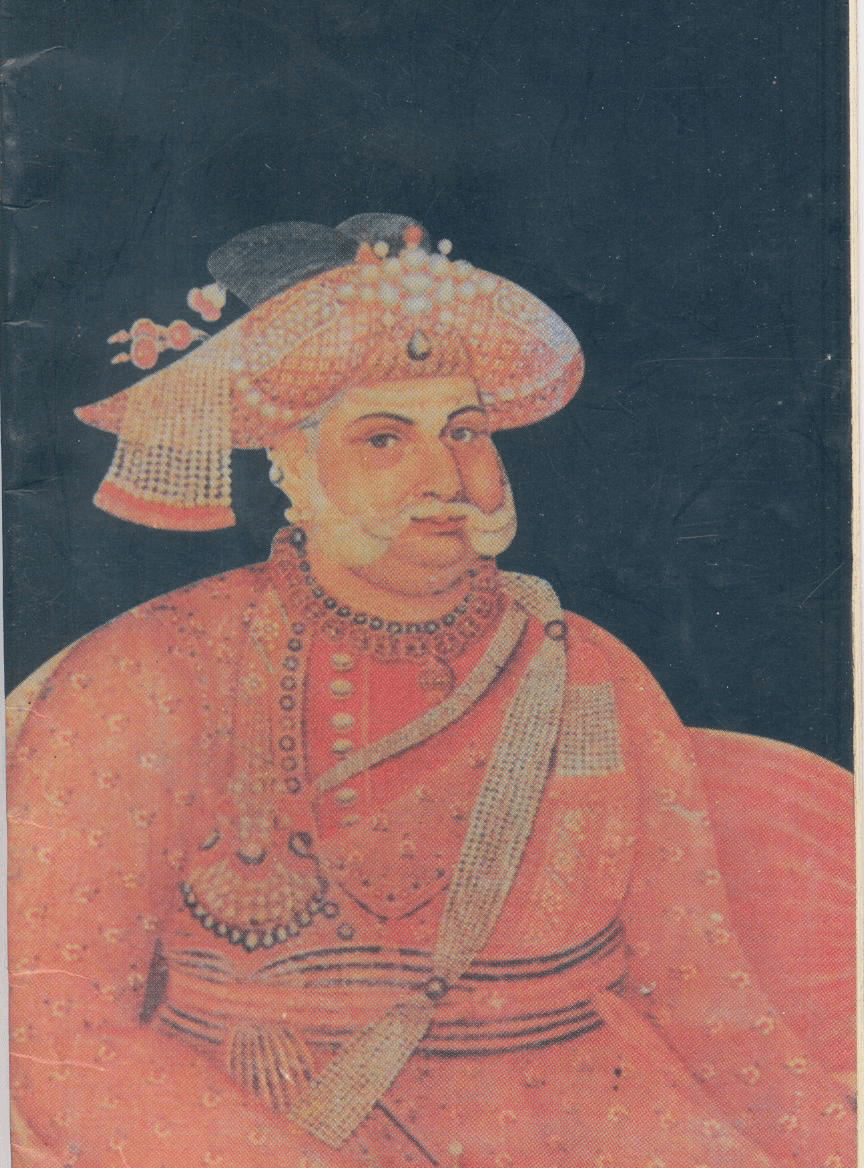
Raja Sarabhoji, the last ruler of the Maratha dynasty of Thanjavur (Source: Wiki Commons)
A LOOK INTO THE DEVADASI TRADITION
If one looks at the devadasi tradition, one always looks at it through a narrow lens of singers and dancers attached to a temple and, essentially, performers. However, Sriram V writes that many terms were used to distinguish women in the arts, as some were associated with temples, some were under royal patronage, etc. However, with the arrival of the British, the term Devadasi became an umbrella term that referred to women in the arts. It should also be noted that many of the devadasis were educated beings of society who not just performed before the deity but also performed various duties on the basic upkeep of the temple to which they were attached. Sriram V writes that there was a rigid hierarchy of devadasis based on their duties. It ranged from washing utensils, sweeping the floor, making garlands, and preparing sandal paste.
THE LIFE OF BANGALORE NAGARATHNAMMA
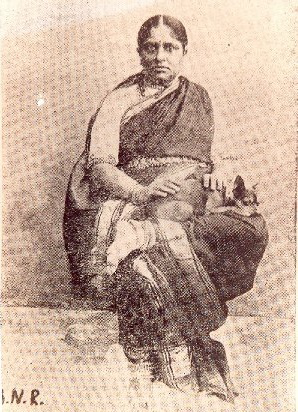
Bangalore Nagarathnamma and her pet dog (Source: Wiki Commons)
Bangalore Nagarathnamma was born to Devadasi Puttu Lakshmi, who was attached to the temple of Nanjangud. After falling out of favour from her patron, Puttu Lakshmi and her daughter were taken by Giribhatta Thimayya. It was from him that Nagarathamma began her training. Puttu Lakshmi wanted to make her daughter a court dancer. Hence, she moved to Bangalore, where Nagarathnamma started training as a court dancer, learning dance and music, playing violin, and learning languages such as Telugu, Kannada, and even English. It was in 1893 when Nagarathnamma, as Paromita Bose puts it, acquired the stature and recognition that her mother had desired for her.
Even though this article focuses on the revival of the Tyagaraja Samadhi and the festival, Nagarathamma, as an individual, was more than that. She was also responsible for publishing the once-forgotten, ‘controversial’ Telugu poem ‘Radhika Santvanam’ or ‘Appeasement of Radha’ written by courtesan Muddupalani, who lived during the 18th century. This was one of the texts that was heavily censored and eventually banned by the colonial government.
NAGARATHNAMMA AND TYAGARAJA
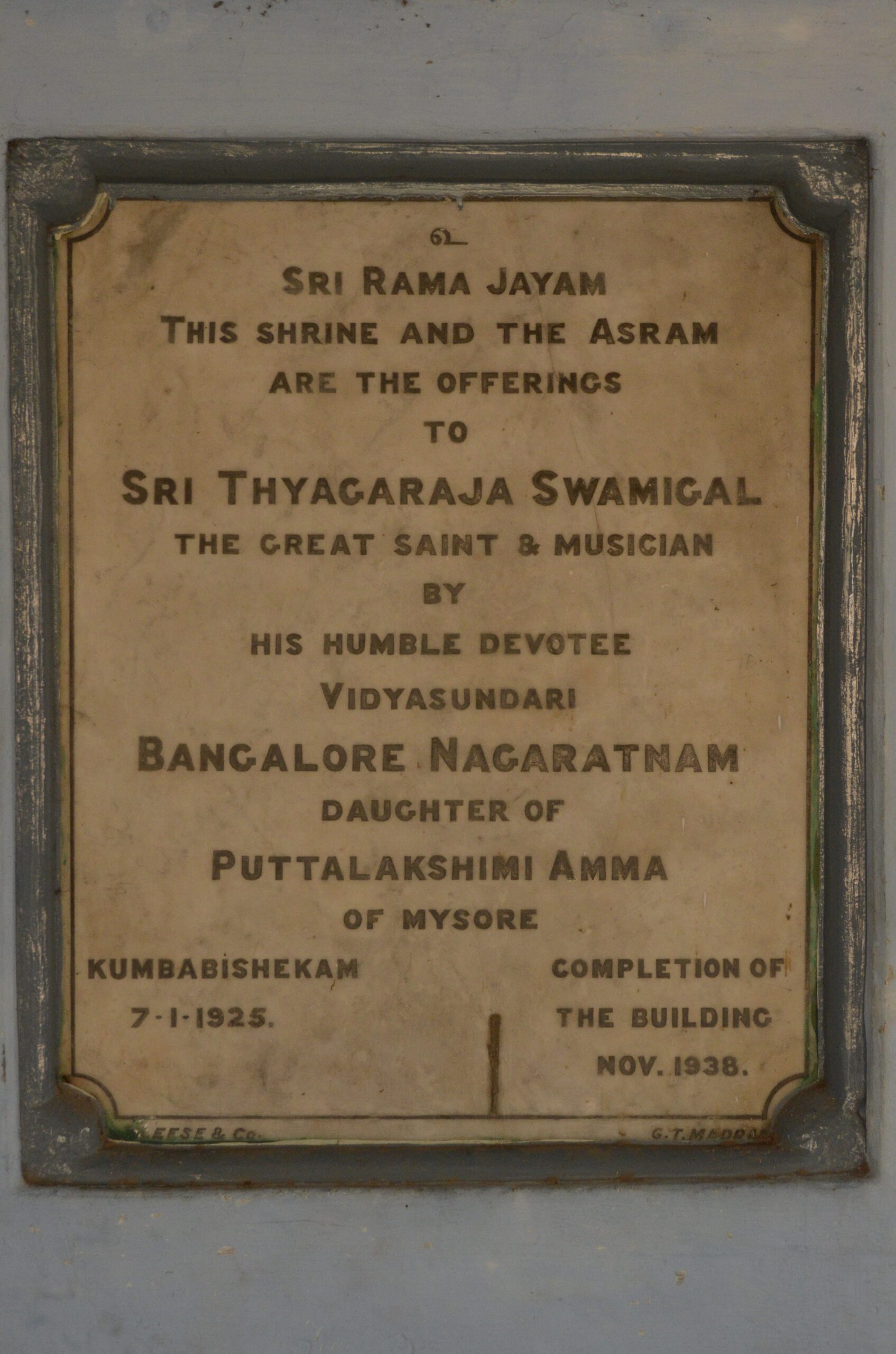
Marble notice board at ashram of singer Tyagaraja at Thiruvaiyaru (Source: P Jeganathan, Wiki Commons: https://commons.wikimedia.org/w/index.php?curid=30847929)
Tyagaraja passed away in 1847. There was no formal Aradhana for the first 60 years after his passing. It used to be his grandson who would conduct the event until he passed away in 1855. With Tygararaja’s lineage virtually stopping, his disciples would quietly observe the day in their respective towns and homes. Only later, in 1903, his Samadhi in Thiruvaiyaru was built. His last two direct disciples, Umayalpuram Krishna and Sundara Bhagavatar, identified his grave and had it renovated.
Later, an Aaradhana for Tyagaraja was conducted by their disciples, Thillaisthanam Narasimha and Panju Bhagavatar. However, the duo later split and formed their groups, namely Periya and Chinna Katchis, who, as Sriram V mentions, “competed to make the Aradhana bigger and better”.
It was only in 1921 that the changes in the nature and organisation of Tyagaraja’s samadhi and Aradhana occurred. Bangalore Nagarathnamma played a central role in this. She had received a letter from her guru, Bidaram Krishnappa, who mentioned the dilapidated state of Tyagaraja’s Samadhi. From here, she dedicated her life to restoring and reviving his Samadhi. She then began to acquire land and started the construction.
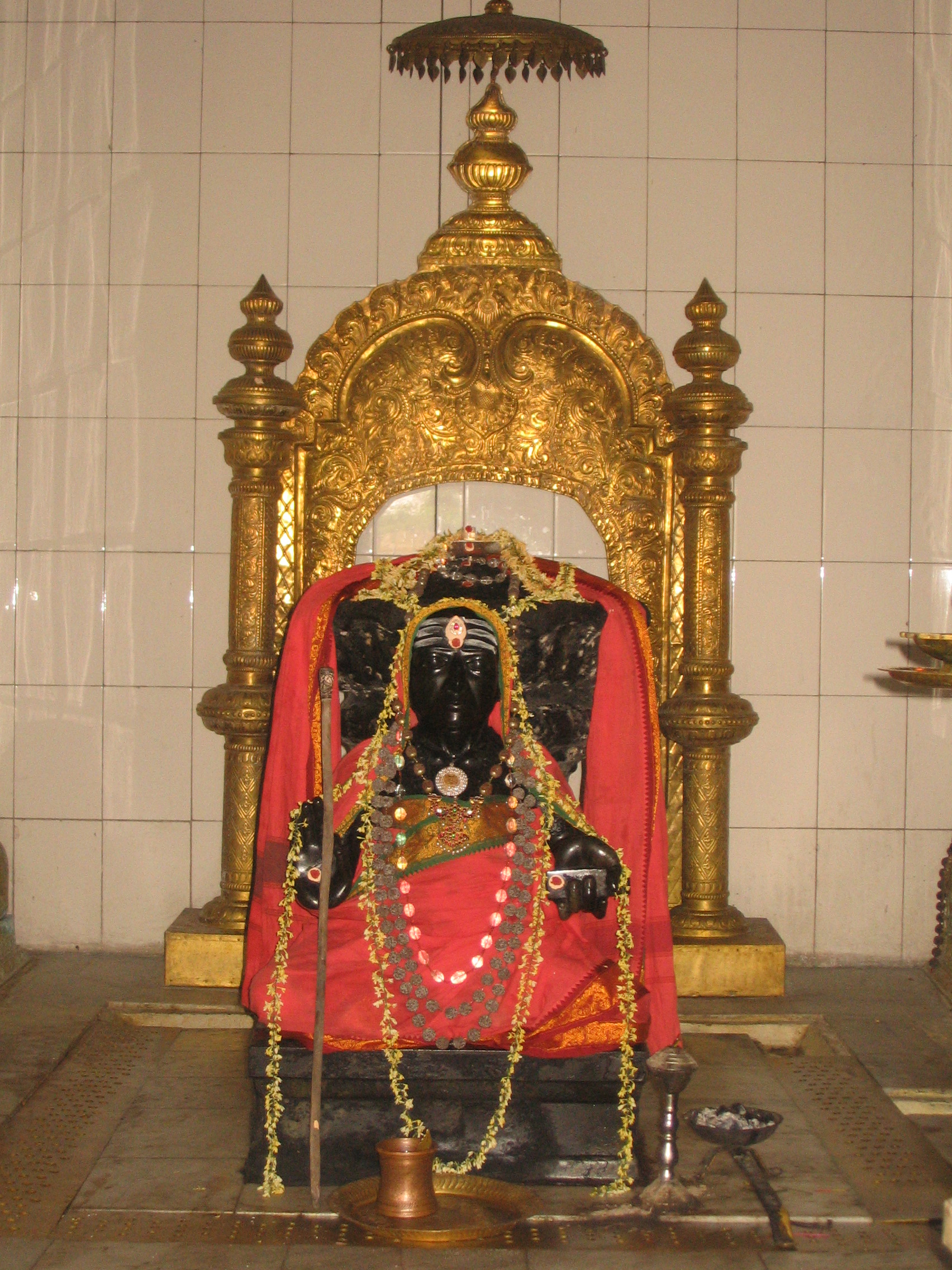
Sri Tyagaraja Swamy Idol at samadhi mandir in Thiruvaiyaru( Source: By Msvamsi wiki Commons: https://commons.wikimedia.org/w/index.php?curid=46402306)
Paromita Bose writes that women were not allowed to worship during the Aradhana; this insulted Nagarathnamma as she had rebuilt the samadhi and bore all expenses. Hence, she decided to begin an Aradhana, which would only be conducted by women. Therefore, she got around 40 devadasis from around the area and conducted the Aradhana together. This was a huge success and also ended the male monopoly of celebrations.
TYAGARAJA ARADHANA, IN TODAY’S TIMES
Sriram V writes that by the 1930s, there had been a massive regeneration of interest in the lives of bhakti poets’ cultural markers; this was also the backdrop of Indian independence and the search for the nation’s past. This led to Tyagaraja’s life and music becoming a part of many plays and films. Soon, by the 1940s, All India Radio, Trichy, started broadcasting sections of the concerts. It was only by 1949, he mentions, that the Tyagaraja Aradhana, as we know it today, had crystallised. The Nagarathnamma Trust conducts the Tyagaraja Aradhana. This festival tends to fall on the fifth day after the full moon in Pushya(January). The 177th Aradhana Celebration, which was held in Thiruvaiyaru, was held between 26th- 30th January 2024.
The Tyagaraja Aradhana website also writes that the Tyagaraja Aradhana Mahotsava, due to its popularity and the shared devotion towards Tyagaraja, saw many musicians from all over the country visiting and performing at concerts in the five-day festival. The idea of Aradhana has also spread to various parts of the world, the most famous being the Cleveland Tyagaraja Aradhana in Cleveland, Ohio. The Cleveland Tyagaraja Music Festival website calls itself “the most significant Indian classical musical festival outside India”; it began in 1978. It has grown to be a 12-day festival with more than 10,000 attendees. The year 2024 is the Festival’s 44th year.
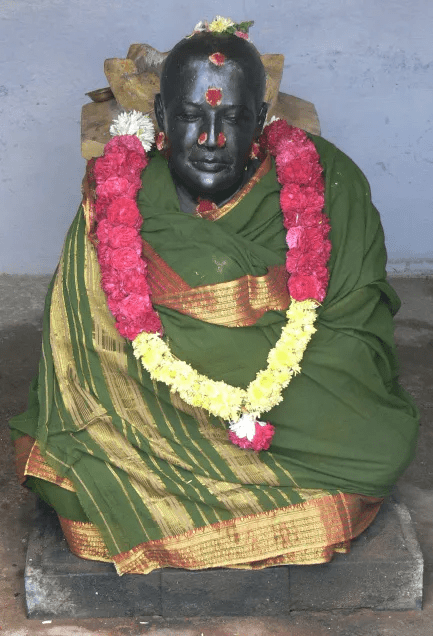
The idol of Bangalore Nagarathnamma in Thiruvaiyaru (Source: https://sriramv.com/2017/11/03/bangalore-nagarathnamma-and-the-tyagaraja-aradhana/)
Due to the immense contributions of Bangalore Nagarathnamma towards the samadhi and the Aradhana. After passing in 1952, she was buried close to Thyagaraja’s memorial, and a statue was erected. This statue directly gazes on Thyagaraja’s memorial. Her life and contributions have been well documented, and she has been the subject of various plays.
Despite societal obstacles, she braced through them and fought for many reforms. Her work is significant in the translation and publication of the text Radhika Santvanam and in her contributions to not just reviving the Tyagaraja Aradhana and his samadhi but also bringing in social changes in the conduct of those events; she also fought against the anti-nautch movement which had looked through the Devadasi system through a skewed scale of morality and demanded the abolishment of the Devadasi system.
REFERENCES:
Cleveland Thyagaraja Festival. https://www.aradhana.org/.
Sriram, V. (2007) The Devadasi and the Saint: The Life and Times of Bangalore Nagarathnamma. Westland Books.
Sriram, V. (2022) The making of the Tyagaraja Aradhana. https://www.thehindu.com/entertainment/music/the-making-of-the-tyagaraja-aradhana/article38298389.ece.
Welcome to Thiruvaiyaru Thyagaraja Aradhana. http://thiruvaiyaruthyagarajaaradhana.org/ashram.php.
Bose, P. (2022) ‘Narrating Lives: The Devadasi and Her Art,’ Journal of Comparative Literature and Aesthetics, 45(3). https://jcla.in/wp-content/uploads/2022/09/JCLA-45.3_Paromita-Bose.pdf.
